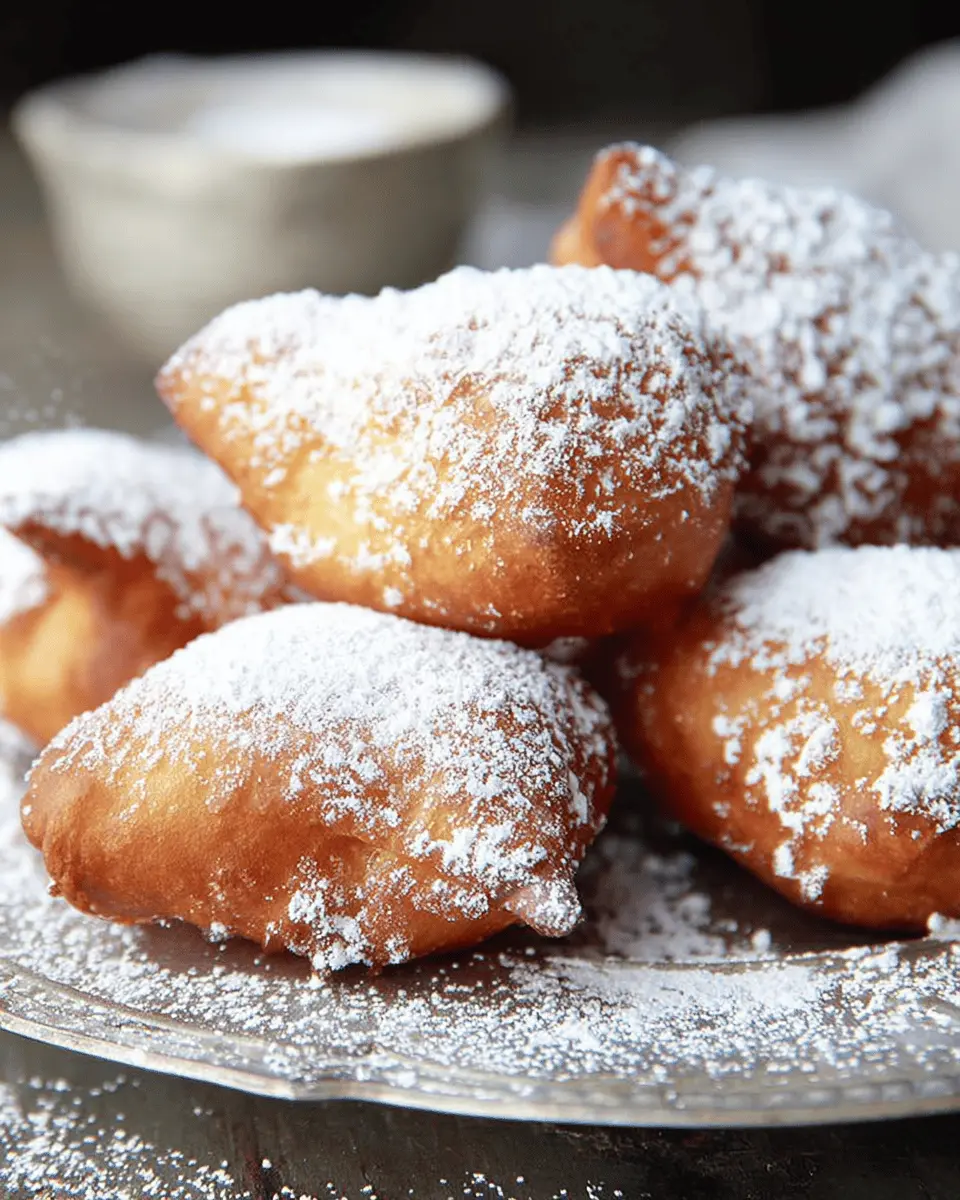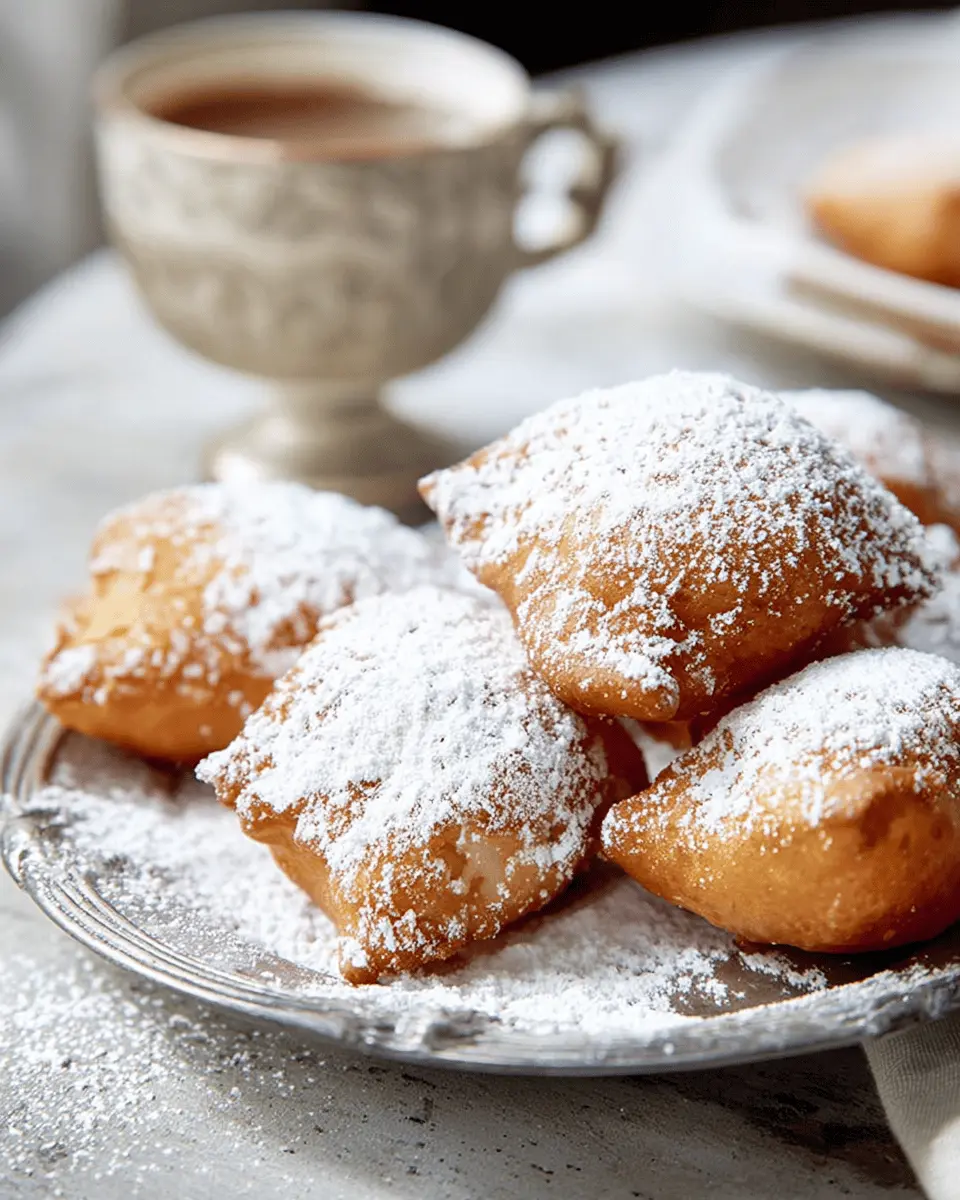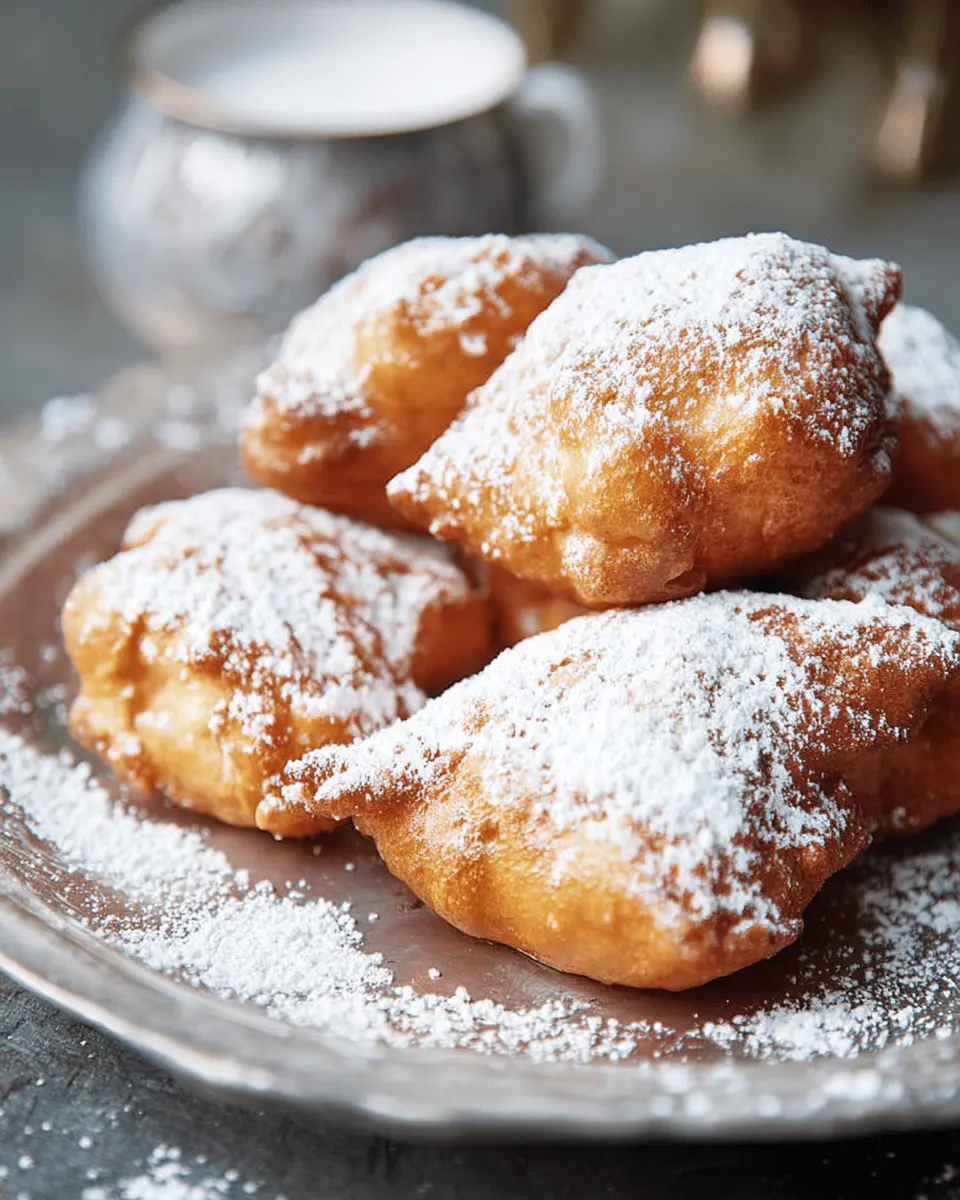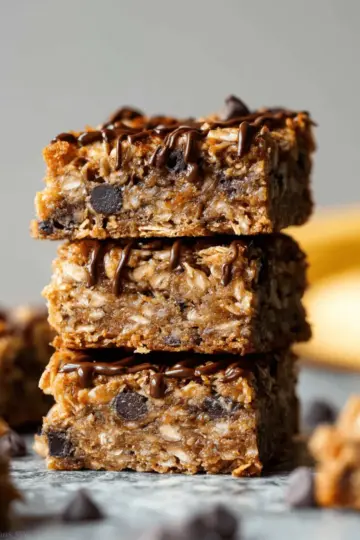Introduction to Buttermilk Beignets
What are Buttermilk Beignets and why are they special?
Buttermilk beignets are the delightful, pillow-like doughnuts that have earned a cozy spot in the hearts of many food lovers. Originating from French cuisine, these treats have evolved into a beloved snack in various cultures, especially in New Orleans, where they are often enjoyed for breakfast or as a sweet indulgence. What sets buttermilk beignets apart is their light, airy texture, which is enriched by the tangy flavor of buttermilk, making them irresistibly delicious.
Imagine biting into a warm beignet, its golden-brown exterior giving way to a fluffy, cloud-like interior, dusted generously with powdered sugar. It’s a culinary experience that’s both comforting and exhilarating. Beyond their delightful taste, beignets invite a warm sense of nostalgia, often evoking memories of bustling cafés filled with laughter and the inviting aroma of fresh pastries.
Whether you’re savoring them alongside a cup of café au lait or sharing with friends at brunch, these beignets bring joy and a touch of elegance to any gathering. For a deeper dive into the history and variations of these treats, check out this article on cultural pastries.
Ready to make your own batch? Let’s get frying!

Ingredients for Buttermilk Beignets
Creating delicious buttermilk beignets begins with the right ingredients! Here’s what you’ll need to whip up a heavenly batch of these light, fluffy delights.
Key Ingredients to Create the Perfect Beignets
-
Dairy Duo: Start with ¾ cup whole milk and 1 ½ cups buttermilk. These two provide the creamy base that gives beignets their rich flavor and tender texture. Buttermilk is particularly important as it interacts with the baking soda, contributing to the delightful rise.
-
Yeast Magic: You’ll need 4 teaspoons of active dry yeast. This is the secret behind the puffiness of your beignets, making them light and airy.
-
Sweetness Factor: 2 ½ tablespoons of sugar adds a touch of sweetness to balance the flavors, making every bite a bit of heaven.
-
Flour Power: Grab 3 ½ cups of bread flour (plus extra for dusting). The higher protein content in bread flour helps achieve that desirable chewy texture in the dough.
-
Frying Essentials: Don’t forget peanut oil for frying and a generous amount of confectioners' sugar for serving—seriously, double the amount you think you'll need!
Ready to get cooking? Let’s make these buttermilk beignets your new favorite treat! For more insights, check out Food & Wine for tips on frying techniques and ingredient substitutions.
Step-by-Step Preparation of Buttermilk Beignets
Making buttermilk beignets at home is a delightful cooking experience, perfect for breakfast, brunch, or a sweet treat anytime. Follow these steps, and you’ll be savoring a heaping plateful of these fluffy wonders in no time.
Prepare the dough
Start by heating ¾ cup of whole milk in a small saucepan. You want to see small bubbles forming at the surface; this signals that the milk is just about perfect. Take it off the heat and stir in 1 ½ cups of buttermilk, then pour the mixture into a stand mixer bowl. Now, add 4 teaspoons of active dry yeast and 2 ½ tablespoons of sugar, whisking everything together before setting it aside for about 5 minutes. This step activates the yeast—an essential part of achieving that airy texture.
Once bubbling, mix in 3 ½ cups of bread flour, ½ teaspoon of baking soda, and a pinch of salt. Attach a dough hook and mix on low speed for about 3-4 minutes until the dry ingredients are moistened. Increase to medium speed and continue mixing until the dough forms a loose ball, remaining moist and tacky. Cover the bowl with plastic wrap and find a cozy spot for it to rise for about 1 hour.
Heat the oil
While your dough is rising, it’s time to prepare for frying. Pour enough peanut oil into a large pot until it’s about 3 inches deep. Heat the oil to 375°F over medium heat—this typically takes around 20 minutes. To ensure safety, line a plate with paper towels to drain the beignets once they’re fried.
Shape the beignets
After the dough has risen, lightly flour your work surface and turn the dough out. Gently press it to flatten, folding it in half and tucking the ends to form a rough round shape. With a rolling pin, roll it out to about ½ inch thick. Let it rest for about a minute before cutting into 1 ½-inch squares with a chef's knife or pizza cutter. You should have around 48 squares, ready to transform into delightful buttermilk beignets.
Fry them to perfection
Once your oil is heated, it’s showtime! Gently stretch each beignet and carefully drop it into the hot oil. Fry in batches—don’t overcrowd the pot to ensure they cook evenly. Rotate them with a slotted spoon for about 2-3 minutes until they are puffed and golden brown. Use the paper towel-lined plate to let them drain while you finish the batch. A generous dusting of confectioners' sugar on top is a must, paired wonderfully with a hot cup of coffee.
Make-ahead tips
Planning to savor these later? No problem! You can prepare the dough up to 8 hours in advance. Line a baking sheet with parchment paper and spray it lightly with nonstick spray. After cutting the dough, place the beignets on the parchment and top with another greased sheet. Wrap the whole thing in plastic wrap and pop it in the fridge. They fry beautifully straight from the cold.
With each step, you’re just a hop, skip, and a jump away from enjoying these delightful treats that bring charm to any gathering! Why not check out additional serving ideas or beverages that match perfectly to elevate your experience?

Variations of Buttermilk Beignets
Classic Powdered Sugar Beignets
The most beloved way to enjoy buttermilk beignets is by showering them with a generous dusting of powdered sugar. These fluffy delights are simple yet exquisite, with each bite offering a soft, airy scoop of sweetness that melts in your mouth. Perfect for breakfast or dessert, they pair beautifully with a steaming cup of coffee or a refreshing iced drink.
Spiced Beignets with Cinnamon
For a unique twist, try adding a hint of warm cinnamon to your buttermilk beignets. This slight spice brings a comforting flavor profile that evokes cozy moments. Mix in a teaspoon of cinnamon with your dry ingredients, or sprinkle some cinnamon sugar on the beignets right after frying for an extra touch of indulgence. You’ll appreciate how this small change can elevate the taste—perfect for impressing guests or simply treating yourself!
For more delicious variations, consider exploring recipes for different flavored glazes or fillings to suit your palate.
Cooking Tips and Notes for Buttermilk Beignets
Common mistakes to avoid
When making buttermilk beignets, be mindful of a few pitfalls. First, don’t rush the yeast activation; give it the full 5 minutes to bubble up. Avoid overworking the dough, as this can lead to a tough texture—remember, less is more! Also, keep an eye on your oil temperature; oil that’s too cool will leave you with greasy beignets. Do you have a candy or deep-fry thermometer? If not, it’s worth investing in to ensure perfect frying every time!
Tools that can make the process easier
Stocking your kitchen with the right tools can make a world of difference. A stand mixer will save time and effort when kneading your dough. A slotted spoon is perfect for frying, allowing excess oil to drain. Additionally, using a bench knife or pizza wheel makes cutting dough into perfect squares a breeze. If you're looking for a quick cleanup, consider using parchment paper to line your workspace. It's helpful for both rolling out dough and placing fried beignets!
For more tips on frying techniques, check out resources from culinary experts like Serious Eats and Food Network.

Serving Suggestions for Buttermilk Beignets
Perfect Pairings for Your Beignets
There’s something magical about buttermilk beignets, especially when paired with the right accompaniments. Think of serving them alongside a steaming cup of black coffee or a rich hot chocolate to balance the sweetness. If you’re feeling adventurous, a drizzle of honey or a scoop of vanilla ice cream adds an indulgent twist.
Creative Serving Ideas
Want to elevate your beignet experience? Consider:
- Fruit Compote: A warm berry sauce adds a delightful tartness that complements their doughy goodness.
- Savory Touch: Pair them with filling options like turkey bacon or chicken ham for a brunch twist.
- Decorative Presentation: Stack your beignets on a tiered serving tray, dusted with confectioners' sugar, for an eye-catching centerpiece.
Explore more delicious ideas on how to serve your beignets to impress your guests!
Time Breakdown for Making Buttermilk Beignets
Preparation Time
Getting started with your buttermilk beignets will take about 25 minutes. This includes measuring, mixing, and letting the dough rise (don’t worry; it’s hands-off time while the yeast works its magic).
Cooking Time
Once your dough is ready, frying the beignets takes only 15 minutes! You’ll want to fry them in small batches to ensure they cook evenly and remain light and fluffy.
Total Time
From start to finish, you’re looking at a total of approximately 1 hour and 40 minutes. Most of that time is just waiting for the dough to rise, so you can prepare your coffee or set up the perfect beignet serving station while you wait.
Making these delightful, fluffy beignets is well worth your time; they're a tasty treat that will impress your friends and family. If you’re curious to learn more about their history or variations, check out The Kitchn for some fun insights!
Nutritional Facts for Buttermilk Beignets
When indulging in homemade buttermilk beignets, it's good to know what you're savoring. Here’s a quick breakdown of their nutritional profile:
Calories
Each beignet contains approximately 100 calories, making them a delightful treat without overloading your daily intake.
Carbohydrates
If you're watching your carb intake, be mindful—each sweet beignet has around 15 grams of carbohydrates, providing that satisfying sweetness.
Fats
Being fried in peanut oil, expect about 5 grams of fat per beignet, lending them their deliciously crispy exterior.
For those interested in more detailed nutrition facts, you can check out resources like NutritionData or MyFitnessPal to help you get a better sense of how these delectable treats fit into your diet. Enjoy responsibly!
FAQs about Buttermilk Beignets
Can I use skim milk instead of whole milk?
While you can substitute skim milk for whole milk in this recipe, it’s best to stick with whole milk for a richer flavor and tender texture in your buttermilk beignets. Whole milk adds creaminess that contributes to that melt-in-your-mouth experience. If you’re in a pinch, just balance the moisture with a touch of cream or additional buttermilk.
How do I store leftover beignets?
If you have leftover buttermilk beignets (a rare treat!), store them in an airtight container at room temperature for up to two days. For optimal freshness, reheating in the oven briefly can restore some of that delightful crispiness. Just preheat the oven to 350°F and warm them for about 5-7 minutes.
Can I freeze the beignet dough?
Absolutely! You can freeze the buttermilk beignet dough before frying. After cutting out the squares, place them on a parchment-lined baking sheet. Once frozen solid, transfer them into a freezer bag for up to three months. Fry directly from frozen — just add a minute or so to the cooking time.
Curious for more tips? Check out Serious Eats for excellent insights into pastry making!
Conclusion on Buttermilk Beignets
In conclusion, buttermilk beignets are a delightful treat that can elevate any gathering. Their light, airy texture and sweet, sugary coating make them irresistible. Whether enjoyed fresh with coffee or as a special dessert, these delicious pastries are worth the effort. Embrace the joy of making and sharing them!

Buttermilk Beignets: Easy Indulgence for Every Home Cook
Equipment
- Stand Mixer
- large pot
- slotted spoon
- Chef's knife
- baking sheet
Ingredients
- ¾ cup whole milk
- 1 ½ cups buttermilk
- 4 teaspoons active dry yeast
- 2 ½ tablespoons sugar
- 3 ½ cups bread flour plus extra for flouring work surface
- ½ teaspoon baking soda
- ¼ teaspoon salt
- peanut oil for frying
- confectioners' sugar for serving, as much as you think you'll need—then double that!
Instructions
- Heat the milk in a small saucepan over medium-high heat until small bubbles form at the surface. Remove from the heat, add the buttermilk, and then pour into a stand mixer bowl. Whisk in the yeast and the sugar and set aside for 5 minutes. Add the flour, baking soda, and salt, and mix on low speed, using a dough hook, until the dry ingredients are moistened, 3 to 4 minutes. Increase the mixer speed to medium and continue mixing until the dough forms a loose ball and is still quite wet and tacky, 1 to 2 minutes longer. Cover the bowl with plastic wrap and set the dough aside in a draft-free spot for 1 hour.
- Pour enough peanut oil into a large pot to fill it to a depth of 3 inches and bring to a temperature of 375°F over medium heat (this will take about 20 minutes). Line a plate with paper towels and set aside.
- Lightly flour your work surface and turn the dough out on it. Sprinkle the top of the dough with flour, gently press to flatten, fold it in half, and gently tuck the ends under to create a rough-shaped round. Dust again and roll the dough out into a ½-inch- to ¹/³ -inch-thick circle. Let the dough rest for 1 minute before using a chef's knife, a bench knife, or a pizza wheel to cut the dough into 1 ½-inch squares (you should get about 48).
- Gently stretch a beignet lengthwise and carefully drop it into the oil. Add a few beignets (don't overcrowd them, otherwise the oil will cool down and the beignets will soak up oil and be greasy) and fry until puffed and golden brown, turning them often with a slotted spoon, for 2 to 3 minutes. Transfer to the prepared plate to drain while you cook the rest. Serve while still warm, buried under a mound of confectioners' sugar, with hot coffee on the side.
- The beignet dough can be made up to 8 hours in advance of frying. Line a baking sheet with parchment paper and spray it with nonstick cooking spray. After cutting the dough, place the beignets on the paper and place another greased sheet of parchment paper, sprayed-side down, on top. Wrap the entire baking sheet with plastic wrap and refrigerate. The beignets can be fried straight from the refrigerator.





Leave a Reply